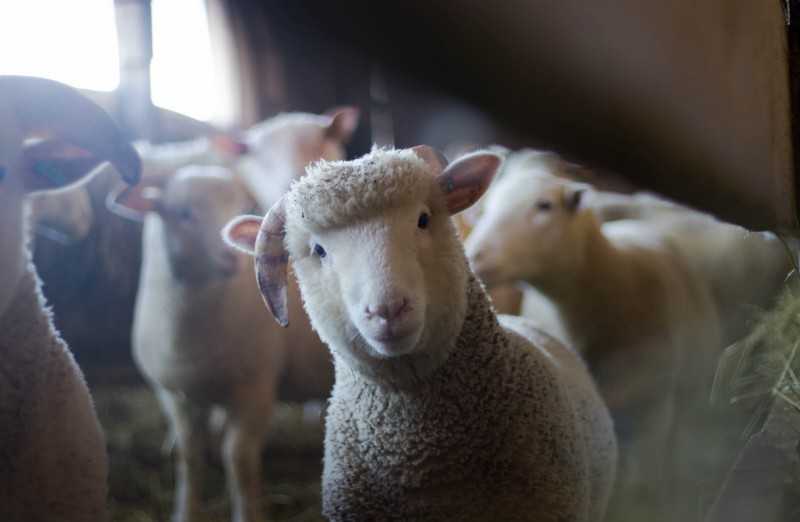Same animals, different calls
Have you ever heard of the nursery rhyme “Old MacDonald Had A Farm”? I might have been raised in the center of an Asian metropolis, but that jingle still succeeded in rooting elementary images of barnyard animals and their calls into my head, even if I wouldn’t get to see most of them in person until years later.
Since it was something that I heard at a young age, it never occured to me to question Old MacDonald’s take on animal calls. That is, up until I started learning foreign languages and discovered the kinds of calls other cultures attributed to their animals. A few are very similar, while the rest are so different you’ll wonder if they’re even the same animal at all. In the table, the brackets indicate the pronunciation of the words in English. Which one seems the most accurate to you?
Here are some facts to supplement this table of information:
The first thing you’ll probably notice is that English ones comprise of single word units, whereas the Chinese and Japanese are in double units. The reason is that oftentimes, the Chinese and Japanese ones are used in pairs.
Additionally, almost all the English onomatopoeia (with the exception of the sheep) can be used as verbs. The duck quacked. The cat meowed. This is not applicable for the Chinese and Japanese ones at all.
Of the whole table, the three cultures are on the same page in respect to only one animal, the cow. The Chinese version sounds like the “mow” in lawnmower, and the Japanese one sounds like “mole”.
On the opposite end of the spectrum lies the chicken and the frog. Across the three languages, their terms start with different alphabets and also differ by number of syllables — the English “croak” and the Chinese “gua” are single syllable words, while the English “ribbit” and the Japanese “kero” are double syllable words.
For the Japanese animal calls, a number of them double as nouns used to refer to the same animal. “Piyo”, from the chicken call, is also used to mean “chick”. “Wanko” comes from the sound a dog makes, and is used to refer to both dog and puppy alike. In similar vein, “nyanko”, from the call of a cat, is also used to refer to cats and kittens.
As a general rule, Japanese onomatopoeia is written in the katakana alphabet, as opposed to hiragana. If you’ve seen Japanese manga, you might have noticed bold action sounds splayed across the pages of a fight scene in katakana.
While this following observation doesn’t apply to all of them, a few of the terms in the Chinese column actually resemble the word for the animal itself. The cat’s call, “喵”, and “猫“ (mao) for cat share the stroke component of “苗”. The sheep’s bleat “咩” and “羊” (yang) for sheep share this “羊” component.
Might this have gotten you interested in animal sound onomatopoeia of other languages not mentioned in this article? If so, check out our list of the different foreign language courses we have on offer!

